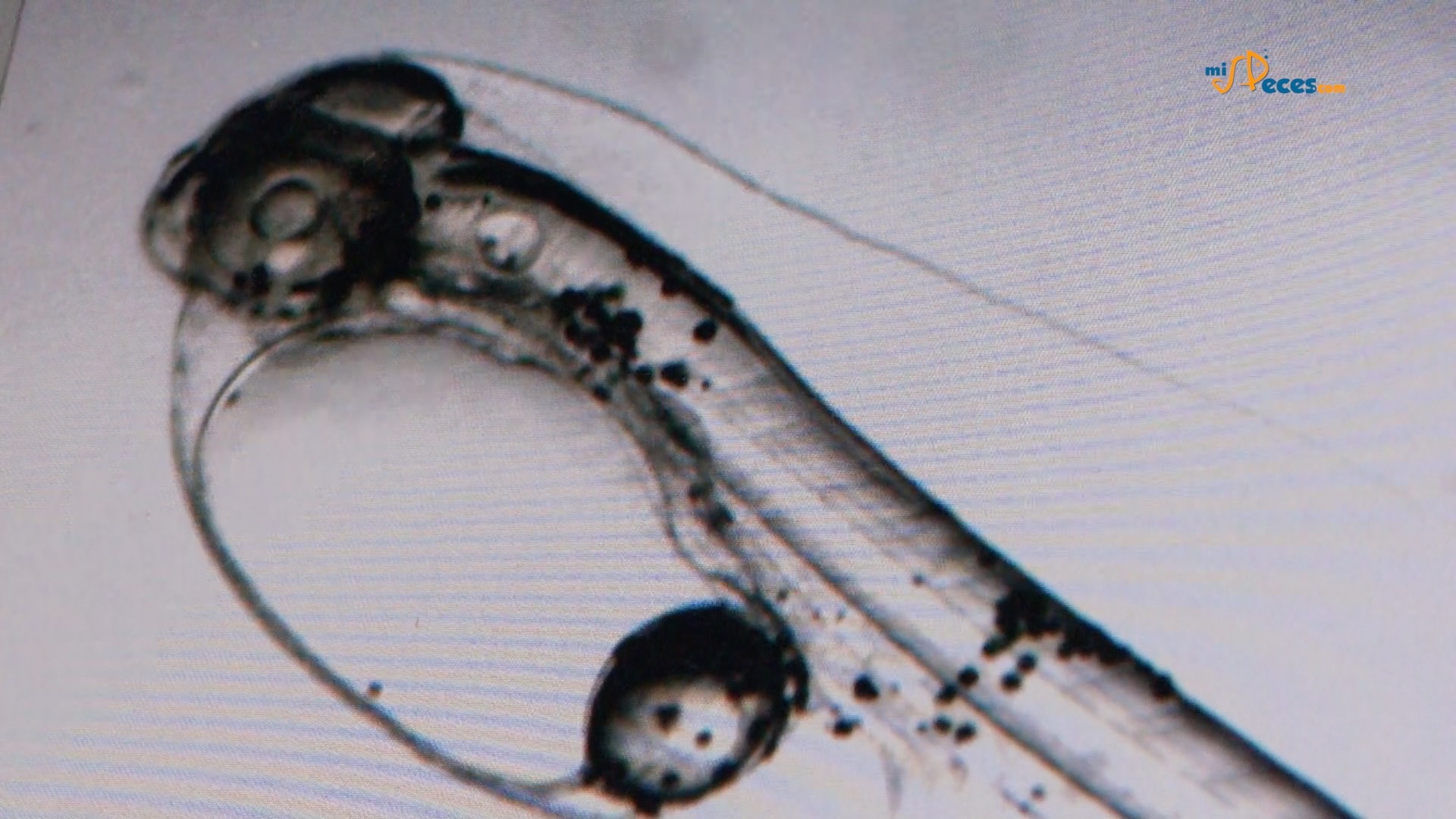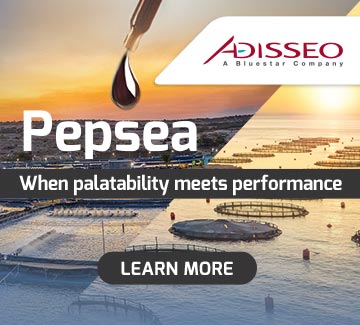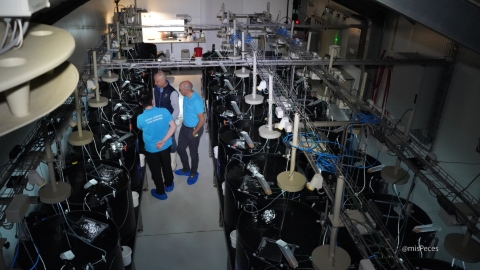
A recent study by researchers at ECOAQUA, based at the University of Las Palmas de Gran Canaria, in Spain, in collaboration with experts from Norway’s IMR and NOFIMA, has been published in the scientific journal Aquaculture an article that highlight the importance of maintaining precise zinc levels to significantly reduce skeletal anomalies in gilthead seabream (Sparus aurata) larvae.
According to the researchers, zinc is a vital mineral involved in over 300 enzymatic processes essential for the growth and health of all vertebrates. In fish, it plays a crucial role in bone mineralisation and protection against oxidative stress. However, both zinc deficiency and excess intake can have detrimental effects.
To identify the optimal zinc range in diets for gilthead seabream larvae, the researchers examined the effects of six different zinc levels over 16 days: 79, 98, 110, 130, 150, and 248 milligrams per kilogram.
Researchers identified key findings regarding the optimal levels of zinc to include in feed. Intermediate levels, between 110 and 130 milligrams per kilogram, were found to be the most effective in promoting growth and bone mineralisation while minimising the risk of skeletal deformities.
Zinc levels of 79 milligrams per kilogram were classified as deficient, leading to stunted growth, increased oxidative stress, and a high incidence of severe skeletal anomalies, including deformities in the vertebrae and skull.
Conversely, excessive levels of zinc, such as 248 milligrams per kilogram, resulted in slower growth due to toxic effects, increased lipid peroxidation, and a heightened risk of skeletal deformities.
Genetic and metabolic impacts
The study found that appropriate zinc levels stimulate the expression of genes linked to bone development, such as osteocalcin and bmp2. In contrast, low and high zinc levels negatively impacted genetic processes, disrupting the balance between osteoblast and osteoclasts-cells essential for bone formation and remodeling.
Zinc also had a direct effect on lipid metabolism. Larvae fed intermediate zinc levels displayed higher concentration of beneficial fatty acids, such as oleic acid, which are crucial for energy storage and growth.
These findings emphasise the importance of precise nutrition during the early stages of larval development in gilthead seabream. Optimising dietary zinc not only improves fish viability and growth but also reduces losses caused by skeletal deformities, enhancing the overall quality of aquaculture production.


